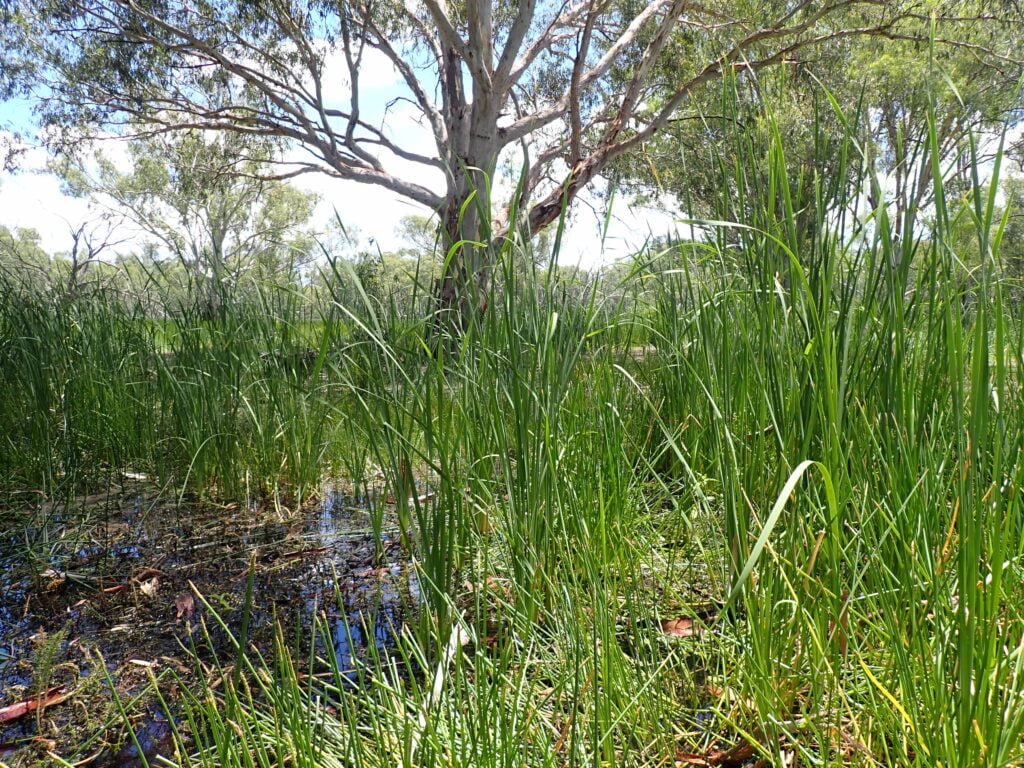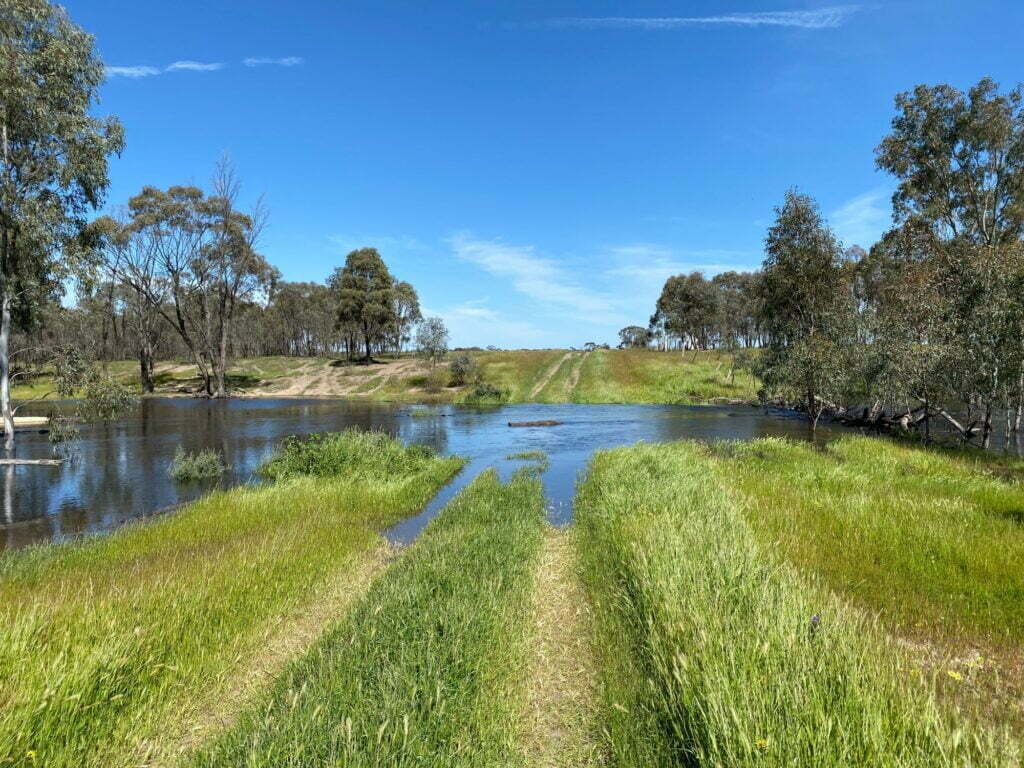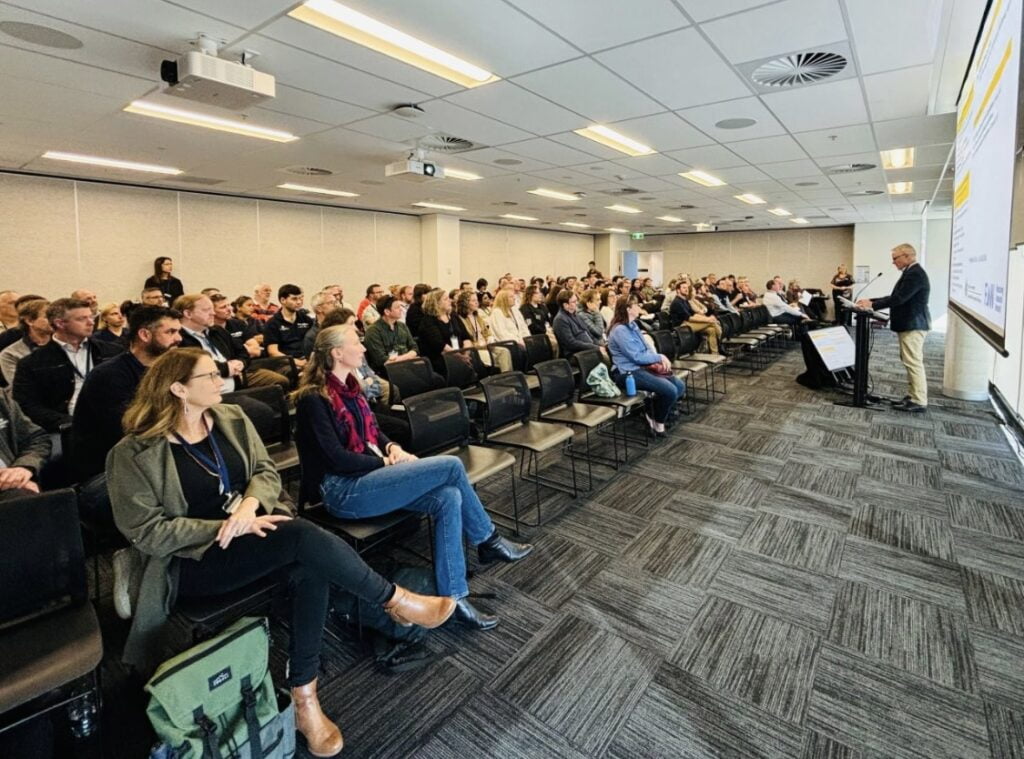Latest updates
Why focus on hydrology?
Hydrology is the scientific study of the movement, distribution and management of water. Our work in this theme will evaluate the extent to which Commonwealth environmental water is supporting, restoring and improving the flow regime, as well as enabling connections along and between rivers and their floodplains. Our research will support hydrological evaluations and environmental water delivery decision making.
Analysing how flow regimes and connectivity changes as a result of water being delivered for the environment, forms the basis for the evaluation of outcomes for biodiversity, ecosystem function and resilience at the Basin scale. We will be focusing our efforts on answering two basin scale evaluation questions:
- what did Commonwealth environmental water contribute to restoration of the hydrological flow regime?
- what did Commonwealth environmental water contribute to hydrological connectivity.
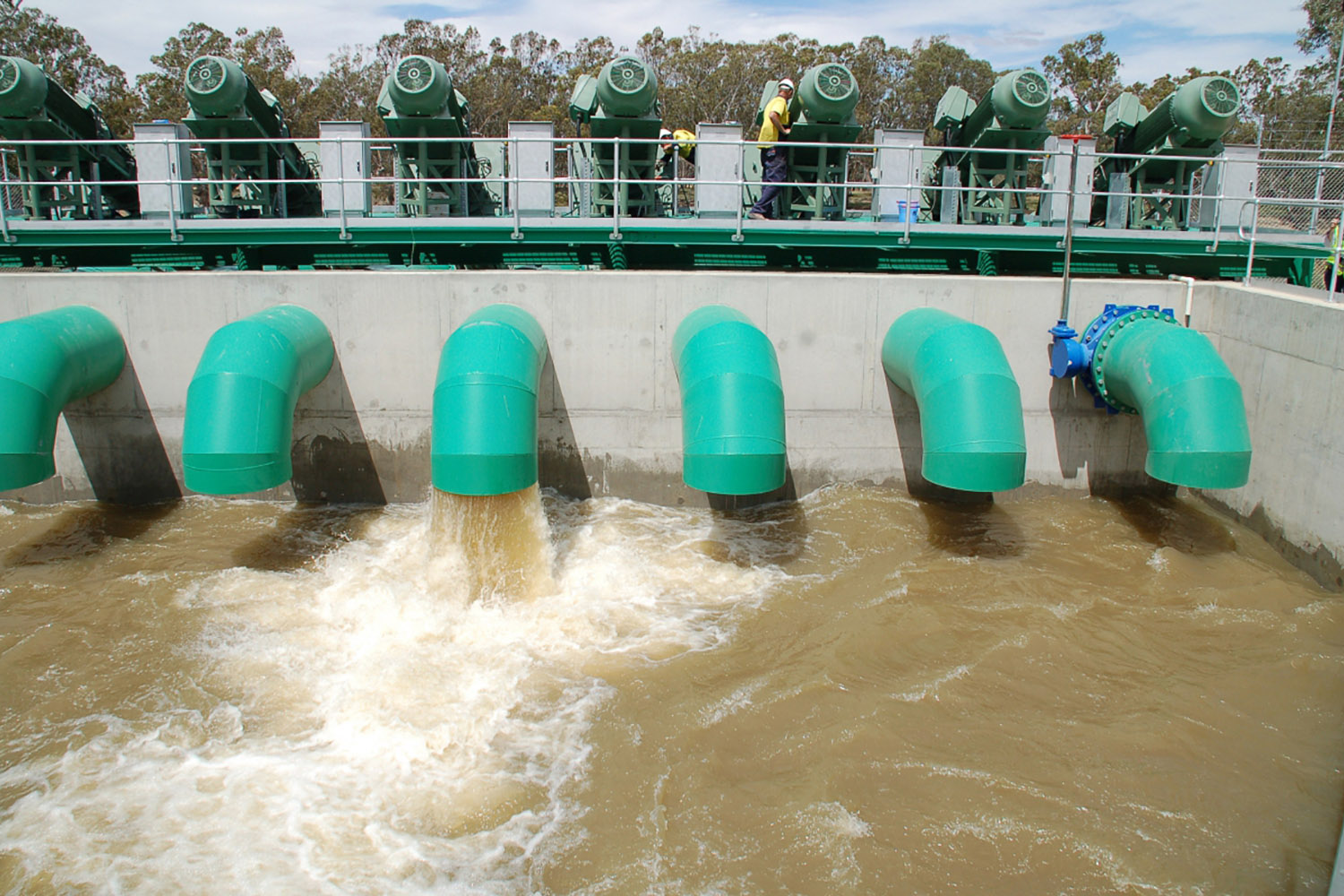

Our approach
The focus for our work is on hydrological restoration, which aims to restore flow regimes and flow variability to achieve connectivity between rivers, floodplains and wetlands across the Basin. We will be analysing hydrological data over each watering year so that we can assess cumulative outcomes.
The outputs of the Hydrology Theme will include:
- daily streamflow series at a set of representative hydrological sites with and without the Commonwealth environmental water scenarios.
- annual inundation map, showing where Commonwealth environmental water was delivered.
- annual report on hydrological connectivity which includes annual statistics related to lateral and longitudinal connectivity.
- a scorecard report, showing flow components (cease-to-flow events; base flows; freshes; bank-full flows; and overbank flows) delivered over the duration of the MER Program compared with the flow regime under the case where no Commonwealth environmental water was delivered.
The intent is to use the Hydrology Theme as an input to other Themes, as part of evaluating the contribution of Commonwealth environmental water to protecting and restoring ecosystem outcomes.
Current activities
The hydrology theme will undertake:
Data coordination
Coordination activities include:
- assembling hydrological delivery action metadata and developing a table listing the volumes, expected outcomes and dates for each action.
- assembling inundation action metadata; volumes, timing, locations, spatial location.
- preparing lookup tables (eg linking model nodes etc).
- collating water year contextual information (eg rainfall, storages etc).
Bottom image caption: Historic flow sequence for the Edward Wakool. Image credit: Murray Darling Basin Authority


Modelling
Daily flow data will be sourced from the existing streamflow gauging network. The focus will be on valleys where Commonwealth environmental water has been delivered over the water year. These data will be used as inputs to models showing the flow regime with Commonwealth environmental water, as well as the ‘counterfactual’ – without Commonwealth environmental water. Modelling work will include:
Attributing the contribution of Commonwealth environmental water at selected gauging stations in valleys where Commonwealth environmental water has been delivered. This involves:
- water balance modelling analysis.
- routing flows through valley systems.
- counterfactual modelling.
Attributing the contribution of Commonwealth environmental water to end-of-basin flows to evaluate connection between valleys, and the connection between the Murray River and the Coorong, Lower Lakes, and Murray Mouth.
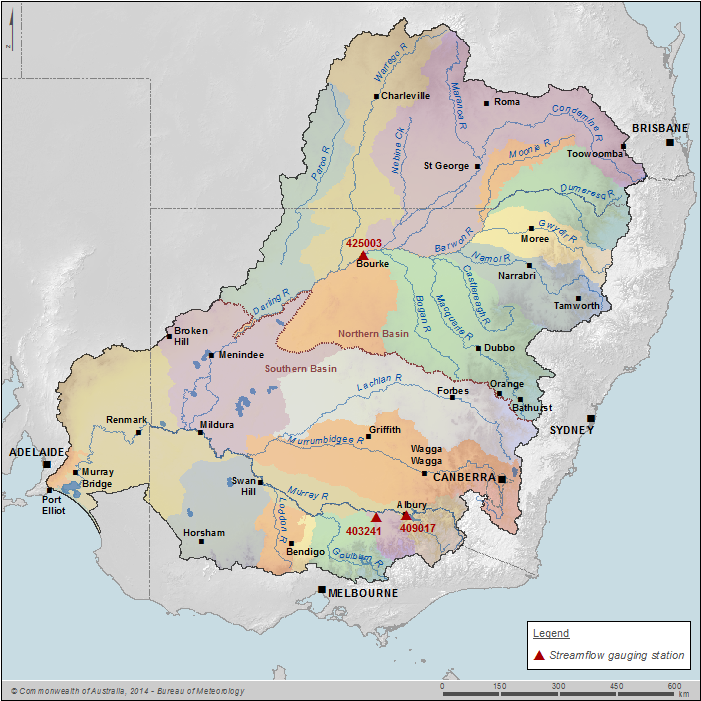
Analysis
For the water year, a statistical report on flow components (cease-to-flow events; base flows; freshes; bank-full flows; and overbank flows) will be assessed, comparing the scenarios with and without the delivery of Commonwealth environmental water. Flow thresholds that have been established for the Basin-scale Evaluation will be expressed as flow magnitudes for each of the flow components. These threshold and flow components have environmental significance and can be used to infer changes in ecosystem function.
Evaluation of longitudinal connectivity will investigate the contribution of Commonwealth environmental water in sustaining flows downstream through the tributary valleys and river network to the lower Darling River and Lower Lakes.
Evaluation of lateral connectivity will investigate the exchange of water between river channels and floodplains or wetlands. Inundation maps will be developed using the best available information sourced from remote sensing products, hydrodynamic models and observational information inputs sought from environmental water managers. These data will be aggregated up to the Basin-scale in a map as the basis for an evaluation of the influence of Commonwealth environmental water on hydrological connectivity.
Image: Longitudinal and lateral connecitivity. Source: Murray-Darling Basin Authority
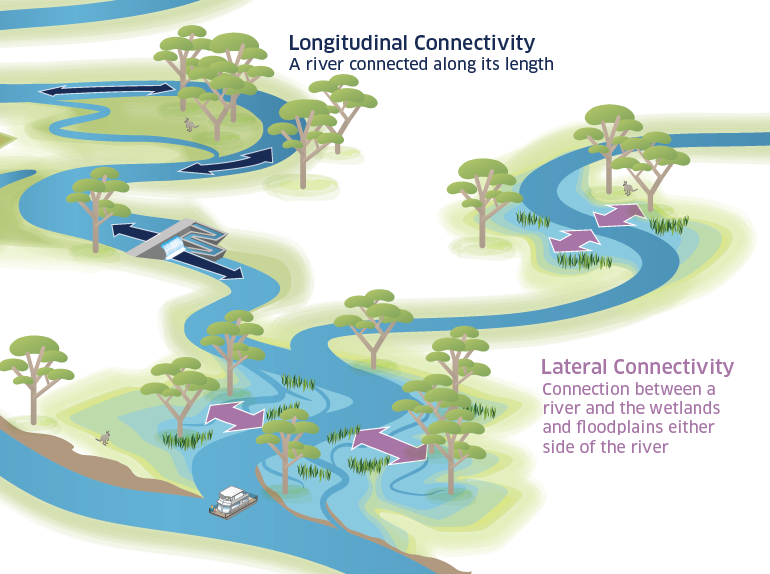
Reporting
- For each gauge, existing flow thresholds will be used to derive scores that can be used to explore restoration of the flow regime as a consequence of Commonwealth environmental water.
- Comparisons of flow regime outputs with reference models (i.e. natural and baseline models) to evaluate the hydrological contributions of Commonwealth environmental water.
- Maps showing the connectivity of water across the Basin and attribution (where possible) of the contribution of Commonwealth environmental water across the Basin.
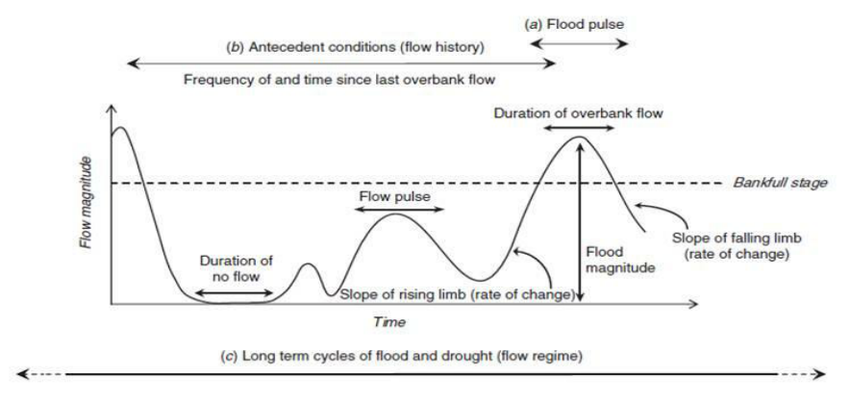
Flooded Macquarie Marshes, NSW.
Photo credit: Heather McGinness
Our team

Dr. Ashmita Sengupta
Dr. Ashmita Sengupta is a Senior Research Scientist at Land and Water CSIRO and ecohydrologist with expertise in optimization, adaptive management of water resources geared to protect ecosystem health, sustainable low impact development design, and system vulnerabilities under climate change and other pressures.


Share this page:
